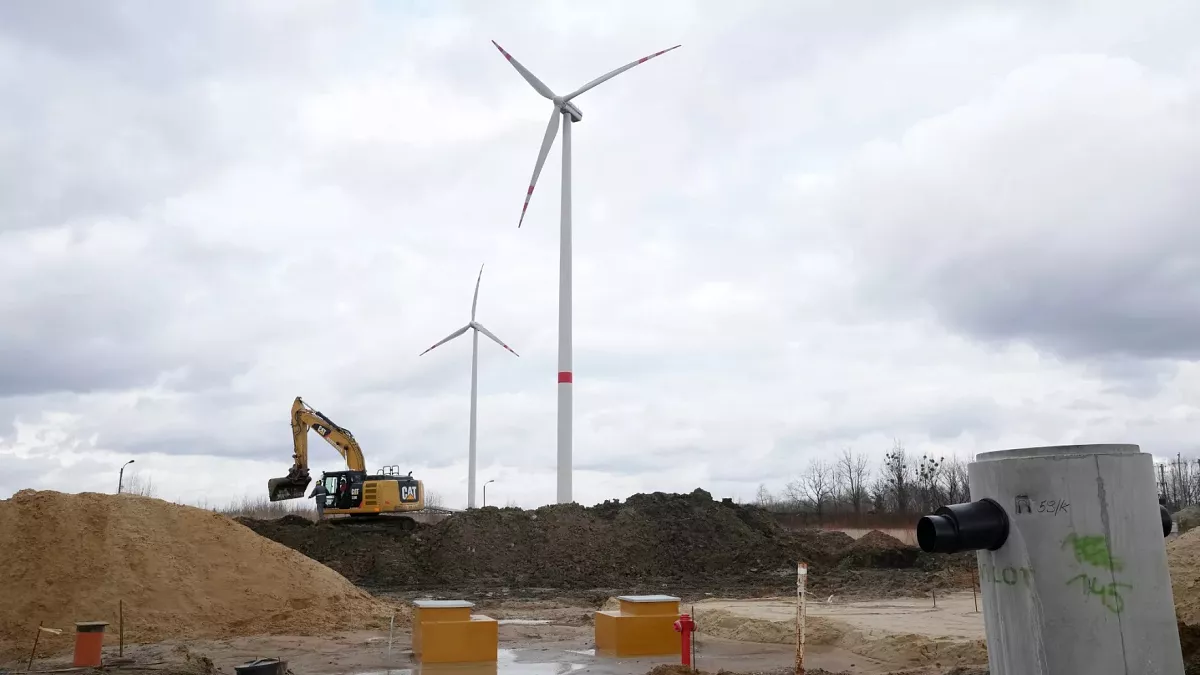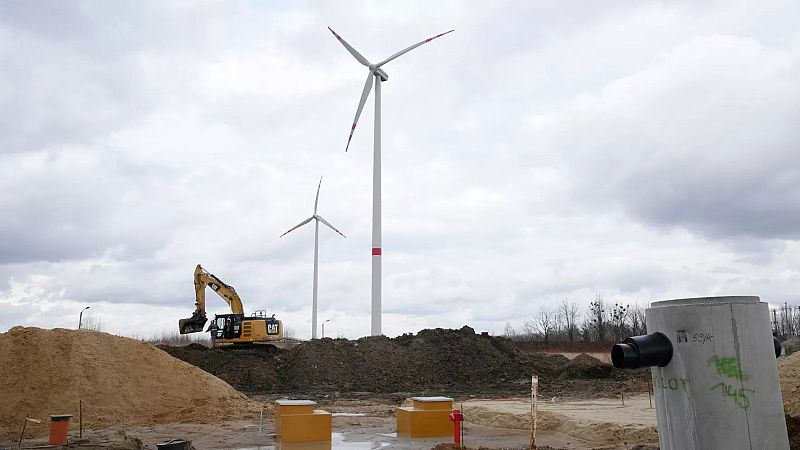Europe is currently undergoing a green energy transition, but this effort has not resonated widely with the public outside the major EU cities of Brussels and Strasbourg. The performance of European energy companies from 2021 to 2024 reveals a troubling trend, suggesting that the transition may be stalling.
For instance, Ørsted, a leading symbol of green energy, saw its stock price plunge from €181 in January 2021 to €44 by December 2024. Similarly, Engie, Enel, and Iberdrola have struggled to maintain stable stock prices, indicating a broader issue within the sector. The following table illustrates the stock market changes of these companies:
| Year | Engie | Enel | Ørsted | Iberdrola | |——|——-|——|——–|———–| | 2021 | €13 | €9 | €181 | €12 | | 2024 | €15 | €7 | €44 | €13 |
Despite having ambitious green energy goals, these companies face significant challenges in translating their strategies into financial success. Engie, based in France, aims for 80 GW of renewable capacity by 2030 while committing to carbon neutrality by 2045. Enel plans to invest approximately $40 billion over three years, with about half allocated to electricity generation. Ørsted has reduced its renewable capacity target from 50 GW to 35-38 GW, while Iberdrola is set to invest $45 billion in various countries, including Germany, France, and the USA, from 2024 to 2026.
The main issue lies in the lack of a compelling and cohesive green message that appeals to the general public and emphasizes long-term commitments. The European energy narrative appears disconnected from developments in regions like Africa and Asia, where renewable energy is being integrated differently.
One of the critical warning signs for Europe is the rise of renewable energy initiatives in the Middle East and China. According to Adam Hanieh from the University of Exeter, countries like Saudi Arabia are adopting renewable energy not only for domestic use but also to enhance their oil export capabilities and improve their global standing in emissions compliance. By 2027, Saudi Arabia plans to increase oil production significantly, anticipating a rise to 13 million barrels per day.
As Western nations cut back on oil consumption, China is ramping up its oil demands, currently consuming 17 million barrels per day. The financial performance of Aramco, the Saudi oil giant, underscores a shift in global oil dynamics, where national oil companies in the Middle East, China, and Russia are becoming increasingly dominant.
The 2023 COP 28 UN Climate Conference in Dubai highlighted the Gulf States’ commitment to integrating renewables alongside traditional oil production, marking a strategic alliance that contrasts with Europe’s more singular focus on reducing fossil fuel dependency.
Future scenarios such as Wood Mackenzie’s Accelerated Energy Transition (AET-2) project major shifts in global energy consumption. This scenario suggests that by 2050, electricity could account for 47% of total energy consumption, up from 20% today, driven by electrification and the decarbonization of the power sector through increased renewable energy and storage solutions.
AET-2 anticipates a reduction in oil demand by 70% by 2050, with natural gas remaining a strong player due to carbon capture technologies and the development of blue hydrogen.
Europe’s energy transition requires a robust and unified message that resonates with the public and aligns with global trends. Mario Draghi’s report, ‘The Future of European Competitiveness,’ emphasizes the need for substantial investment—estimated at $829 to $884 billion per year—to stay competitive in the green energy sector.
Several initiatives demonstrate emerging pathways for collaboration and investment in renewable energy, including: – The European Clean Hydrogen Alliance’s efforts to set standards for hydrogen technologies. – The Hyphen Hydrogen Project in Namibia, a $10 billion green hydrogen initiative aimed at exporting hydrogen to Europe. – Kawasaki Heavy Industries’ development of the world’s first liquefied hydrogen carrier. – The Lobito Corridor project in Angola, which aims to transport critical raw materials to various global markets.
These projects rely on public-private partnerships that require long-term commitments and secure investment structures to avoid disruption from political changes. The path forward demands patience and sustained effort to see a positive shift in the performance of new energy companies in Europe.



